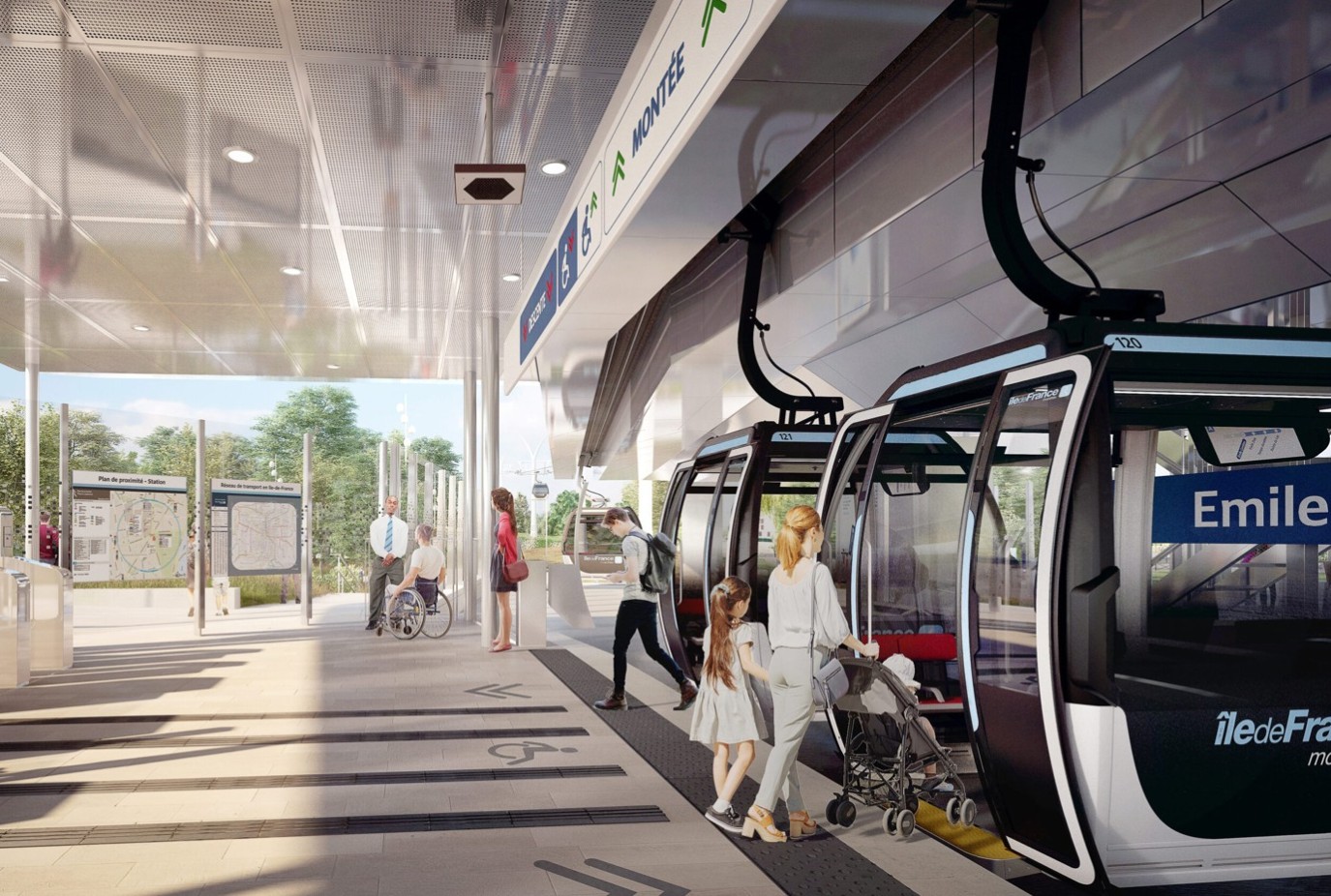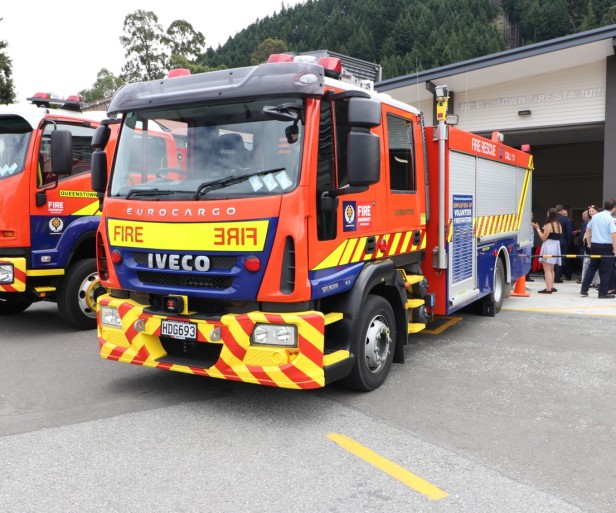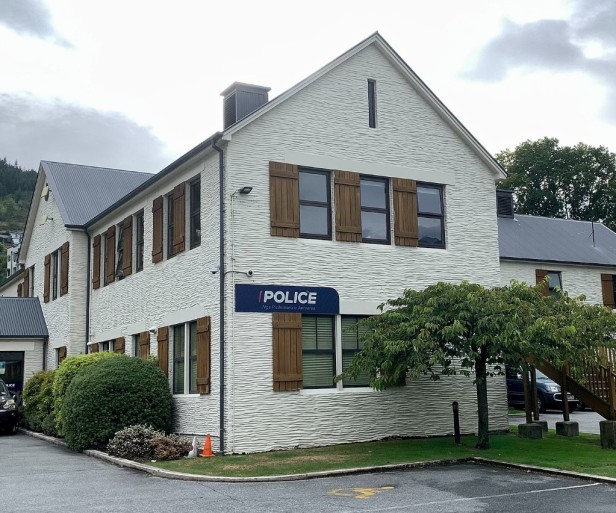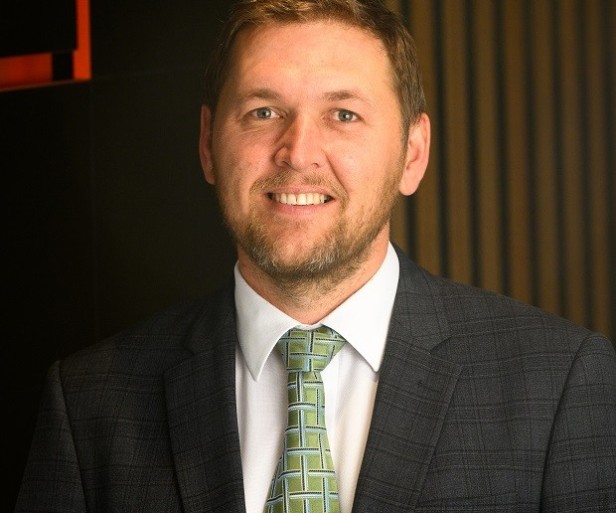Queenstown gondola by 2028

Plans for a Queenstown gondola could be submitted to council later this year, with the first stage opening in late 2028.
Southern Infrastructure and Doppelmayr New Zealand are designing a Queenstown Cable Car could transport up to 3,000 passengers per hour per direction.
Stage one would connect downtown Queenstown to Frankton / Queenstown Airport, with cabins departing every 12 seconds on the fully electric, zero emissions service.
Construction could begin as early as 2027.
Southern Infrastructure, led by former Coronet Peak ski area manager Ross Copland and billionaire Rod Drury, recently took a delegation of local government and business leaders to see other urban gondola systems in operating, in Paris and Singapore.
They also visited manufacturing facilities in Austria and INTERALPIN 2025, the world’s leading trade fair of alpine mobility innovation, including ropeway technology.
Copland says a cable car system ticks many boxes for helping alleviate Queenstown traffic woes.
"Queenstown’s key arterial roads don’t have space for more lanes, we don’t have billions for tunnelled rail, and we certainly don’t have decades to wait," he says.
"The situation is urgent – Queenstown needs a meaningful upgrade to its transport capacity by the end of this decade."
Cable car systems offer a rare combination of low-environmental impact, high capacity, and cost effectiveness, Copland says.
"With an existing supplier base and proven success in Queenstown’s alpine terrain, the region is uniquely suited to scale this technology.
"Cities as diverse as Singapore and Paris are already integrating cable cars into their public transport systems. Our goal was to give local industry leaders first-hand insight into these systems and the teams delivering them – to see what’s working, what’s not, and what’s possible for Queenstown.”

Possible routes
Stage one could cost $200m and run from Boundary Road carpark next to Queenstown Library and the Rec Ground, up to a Queenstown Hill station, along to a Lake Johnson station, and then down to Frankton bus hub and Queenstown Airport.
Cabins would carry 10 passengers, along with bikes and buggies.
It could be expanded over subsequent years to run to Ladies Mile, Arthurs Point and Hanley's Farm.
The proposed Queenstown Cable Car would be a first-of-its-kind in Aotearoa and is one of ten possible locations identified in NZ by a report by manufacturer Doppelmayr New Zealand.
Garreth Hayman, CEO of Doppelmayr New Zealand, is at Electrify Queenstown 2025, today, contributing to a panel discussion on NZ’s electrified transport future.
He will detail the delegation visit and Doppelmayr’s five decades of delivering ropeway systems across NZ.
“It was fantastic to be able to demonstrate what this technology looks like in an urban transport setting – particularly in a world-leading context like Paris,” Hayman says.
"Our Paris’ Cable C1 project is a prime example of how modern ropeway systems can be integrated into dense urban environments to complement existing transport networks.
"Seeing the first cabins moving along the ropeway highlighted just how efficient and effective these systems are. It gave us a great opportunity to demonstrate the proven solutions Doppelmayr has delivered globally - and to show how directly relevant they are to Queenstown’s terrain, growth challenges, and sustainability goals.”
The company has manufactured and installed all Queenstown skifield chairlifts and Skyline gondola.
“This is more than a transport project. It’s a future-focused shift in how we connect people, places and potential in Queenstown,” Hayman says.
“Having successfully operated in Queenstown for over 40 years, and New Zealand for 50 years this year, we look forward to working with the community and relevant authorities to bring this project to life.”
A gondola proposal is included in Queenstown and Central Otago's Regional Deals submission, although whether that will include Central Government funding is unknown.

Support from business sector
Sharon Fifield, CEO of the Queenstown Business Chamber of Commerce, says the region’s business sector sees clear benefits in the proposal.
“It’s great to have the business community in behind it. Queenstown needs forward-thinking solutions that support both liveability and economic resilience - this cable car offers both.”
Mat Woods, CEO of Destination Queenstown, believes the project aligns well with the region’s global tourism profile.
“With the significant residential growth Queenstown has experienced over the past decade and its increasing appeal as a place to visit, finding innovative ways to move people around the Whakatipu Basin is crucial.
“Cable car presents a bold, sustainable solution In response to Queenstown’s unique geographical challenges and positions the city as a leader in future-ready, low-emission transport. It’s an exciting opportunity to ease congestion and improve productivity while offering a scenic and efficient transport experience that enhances Queenstown’s appeal as a place to live and visit."
Richard Saunders, Chief Executive at Otago Regional Council, says the delegation visit offered valuable insight into how aerial cable car provides an alternative to traditional public transport modes.
“These types of solutions are worth considering as we look to future-proof Queenstown’s public transport network. It’s early days, and formal decisions lie ahead, but it was a useful opportunity to explore what’s possible.”









